The northern hills of Vietnam follow the Chinese border like a crumpled green blanket, hiding generations-old villages, rice paddies terraced up the hillside, and ethnic minority cultures untouched for centuries. The region contains dramatic limestone karsts, foggy valleys, and Southeast Asia’s highest mountains, creating landscapes far removed from those of the south’s cities.
While most tourists tread the familiar Sapa trail, the real magic lies in remote valleys and forgotten paths where water buffalo still work old terraces and age-old ways of life persist. Off the tourist beaten paths, northern Vietnam has a treasure trove of authentic experiences and stunning scenery.
Here are 20 off-the-beaten-path gems that uncover the region’s astounding diversity, from remote hill tribe villages to pristine mountain lakes few foreigners have ever seen.
Dong Van Karst Plateau
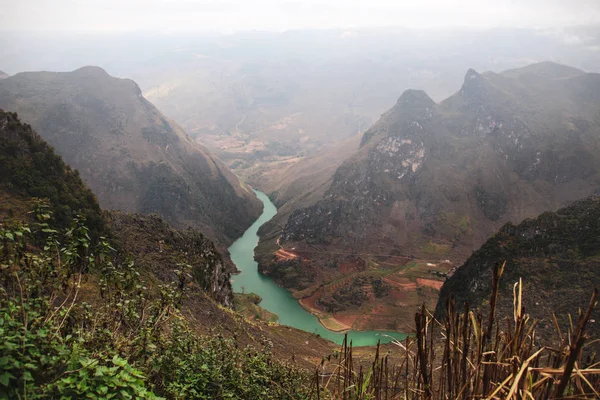
This UNESCO Global Geopark, situated near the Chinese border, features dramatic limestone formations that create one of Vietnam’s most spectacular landscapes. Ancient fossils embedded in the rock tell the story of ocean floors that have become mountain peaks over millions of years.
Local H’mong villages nestle between towering stone pillars, their traditional houses built from the same limestone that dominates the scenery.
Ha Giang Loop’s Secret Valleys
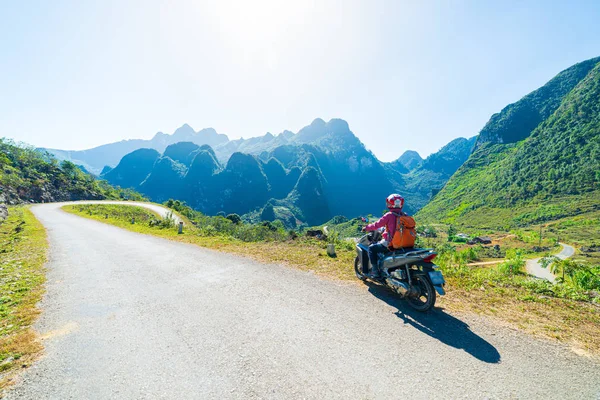
The famous motorbike loop includes several hidden valleys that most riders pass without stopping. These secluded spots feature traditional Tay and Nung villages where wooden stilt houses overlook emerald rice paddies.
Local families often invite curious travelers to share meals of fresh mountain vegetables and homemade rice wine, creating connections that last long after the journey ends.
Like Travel Pug’s content? Follow us on MSN.
Mu Cang Chai Terraces
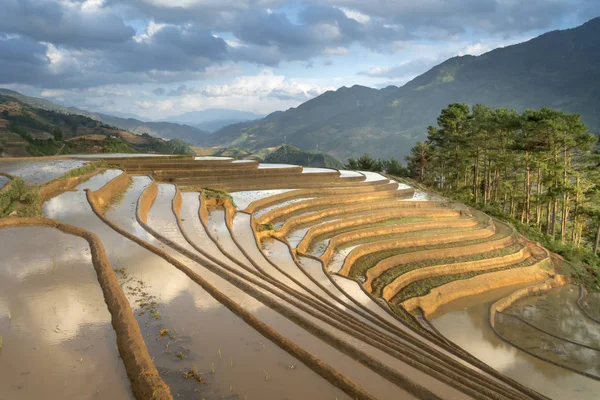
While less famous than Sapa’s terraces, these rice fields create equally stunning landscapes with fewer crowds and more authentic experiences. The terraces cascade down mountainsides like giant green staircases, their curves following the natural contours of the land.
Local H’mong farmers still work these fields using traditional methods passed down through countless generations.
Ban Gioc Falls’ Quiet Side
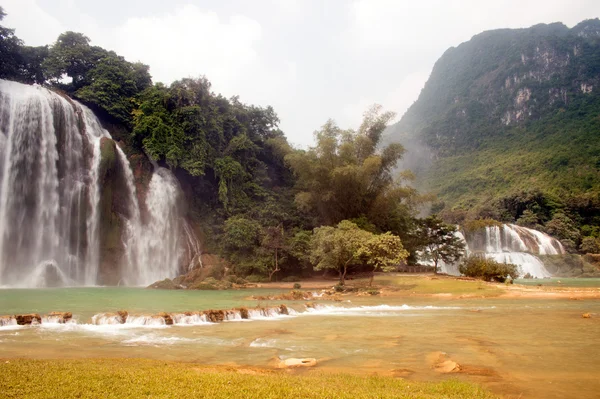
Most visitors photograph these spectacular border waterfalls from the main viewing area, but a short hike reveals secluded pools perfect for swimming. The falls drop 100 feet across multiple tiers, creating misty rainbows that dance in the afternoon sunlight.
Local vendors sell fresh dragon fruit and sugarcane juice while water buffalo cool themselves in the pools below the main cascade.
Phong Nha Cave System’s Hidden Chambers

Beyond the main tourist caves lies a network of unexplored passages that require proper guides and caving equipment to access safely. These pristine chambers contain formations that have never been photographed, where underground rivers create cathedral-like spaces filled with the sound of dripping water.
Adventure tour companies offer multi-day expeditions that include camping inside the cave system itself.
Like Travel Pug’s content? Follow us on MSN.
Y Ty Village
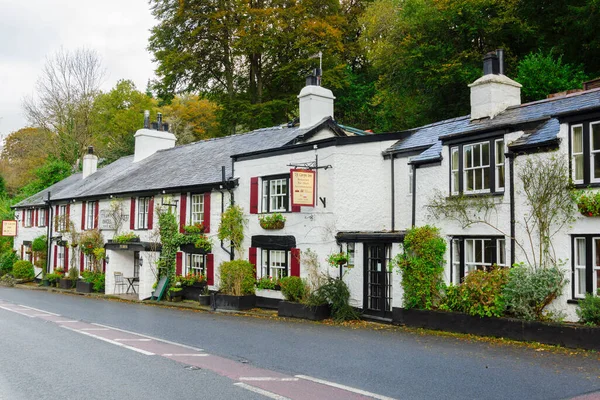
This remote Red Dao village sits just 3 miles from the Chinese border, accessible only by a challenging mountain road that keeps most tourists away. Traditional terraced fields surround the village like amphitheater seating, while local families continue wearing their distinctive red headdresses and silver jewelry.
The village’s isolation has preserved customs and crafts that have disappeared elsewhere in the region.
Pu Luong Nature Reserve
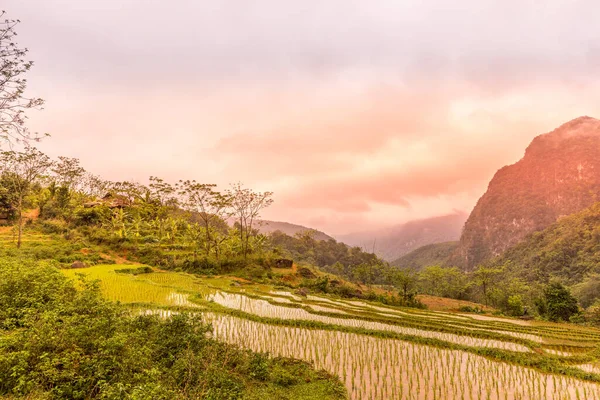
This lesser-known reserve protects pristine forests and ethnic minority villages in a landscape of rolling green hills and limestone cliffs. Bamboo water wheels still irrigate traditional rice terraces, their gentle creaking providing a soundtrack to village life.
Local Thai and Muong families offer homestays in traditional stilt houses, sharing meals and stories around wood fires.
Ta Xua Peak
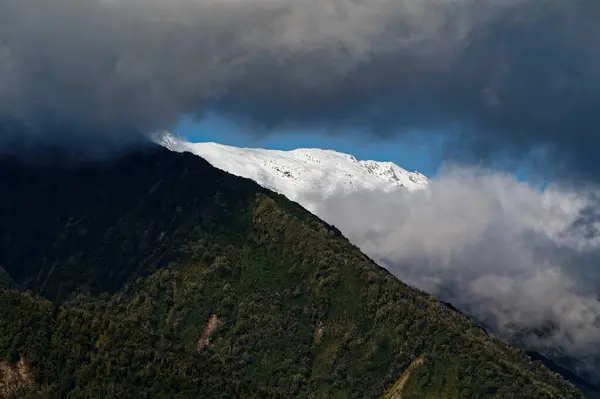
Known locally as ‘Dinosaur Backbone’ for its distinctive ridge formation, this mountain requires a challenging overnight trek to reach the summit. The reward includes sunrise views over a sea of clouds that often fills the valleys below, creating the illusion of islands floating in white mist.
Local Mong guides know hidden campsites where trekkers can sleep under some of Vietnam’s clearest night skies.
Like Travel Pug’s content? Follow us on MSN.
Hoang Su Phi Terraces
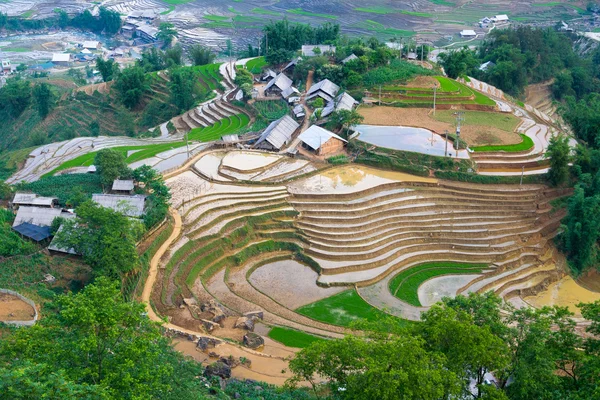
These terraces remain largely undiscovered by international tourists, offering authentic interactions with La Chi, Red Dao, and Nung minority communities. The rice fields here follow steeper contours than more famous sites, creating dramatic vertical landscapes that challenge even experienced photographers.
Local markets in nearby villages sell handwoven textiles and traditional medicines made from forest plants.
Ma Pi Leng Pass
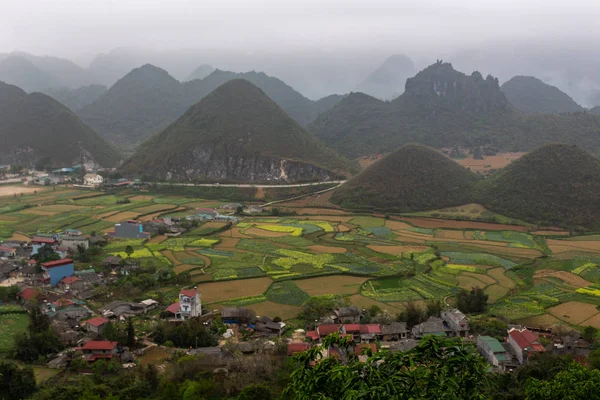
This mountain road curves along cliff edges high above the Nho Que River, providing some of Vietnam’s most heart-stopping driving experiences. The pass connects isolated H’mong villages that still rely on horses and donkeys for transportation.
Roadside stops offer views into deep canyons where morning mist often obscures the river far below.
Bach Ma National Park
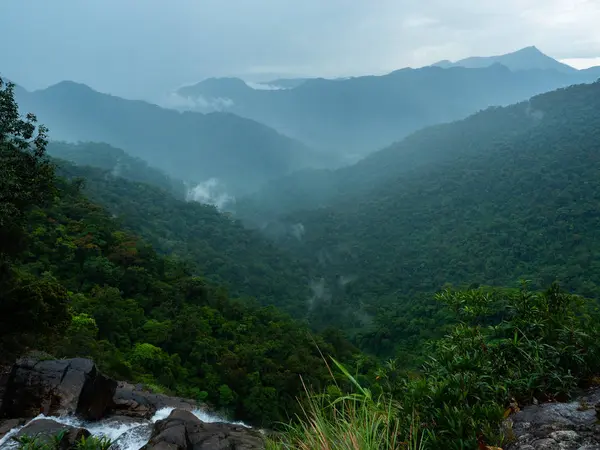
This former French hill station now protects a diverse range of ecosystems, from coastal forests to high-altitude pine woods. Hidden waterfalls throughout the park require short hikes through pristine jungle where rare birds and primates make their homes.
The park’s highest peak offers clear-day views all the way to the South China Sea, over 40 miles away.
Like Travel Pug’s content? Follow us on MSN.
Cao Bang Province Border Lakes
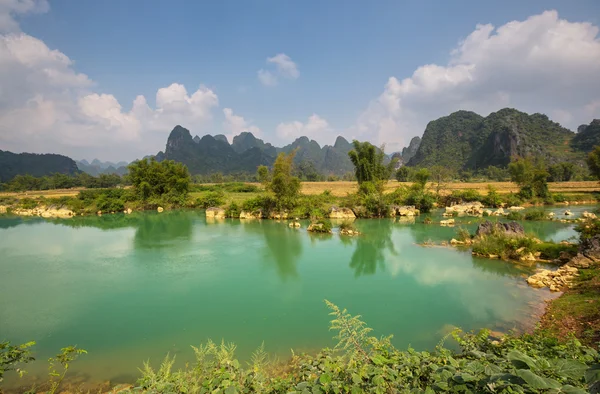
Several pristine lakes near the Chinese border remain virtually unknown to tourists, surrounded by karst formations and traditional Tay fishing villages. Local fishermen use traditional bamboo boats and ancient techniques to catch fish that supply village markets.
These remote waters reflect limestone cliffs so perfectly that it becomes difficult to distinguish where the rock ends and the reflection begins.
Sin Ho Market
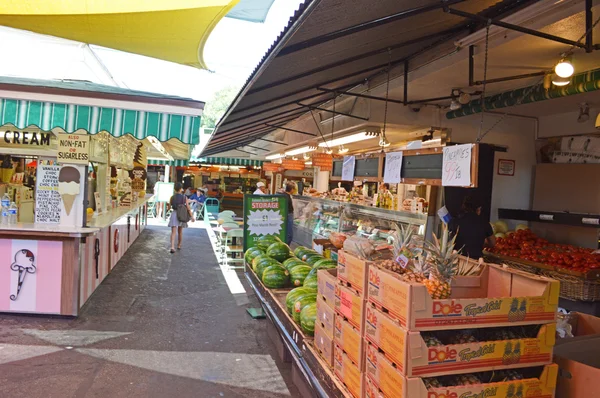
This authentic Highland market brings together ethnic minorities from surrounding valleys every Sunday, creating a vibrant gathering that remains unchanged by modern times. H’mong, Dao, and Thai people trade everything from handwoven textiles to medicinal plants gathered from mountain forests.
The market provides incredible opportunities to observe traditional dress, customs, and languages that vary from village to village.
Lung Cu Flag Tower
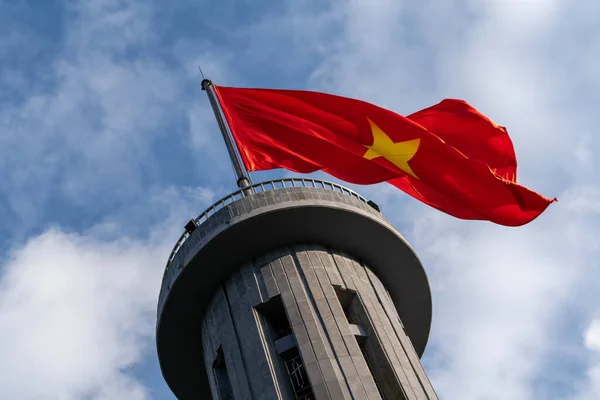
Vietnam’s northernmost point sits atop a hill overlooking the Chinese border, marked by a massive flag tower that can be seen from miles away. The surrounding area features traditional Lo Lo minority villages where black-painted houses cluster around ancient stone courtyards.
Local guides can arrange visits to nearby caves used as shelters during various historical conflicts.
Like Travel Pug’s content? Follow us on MSN.
Quan Ba Heaven’s Gate
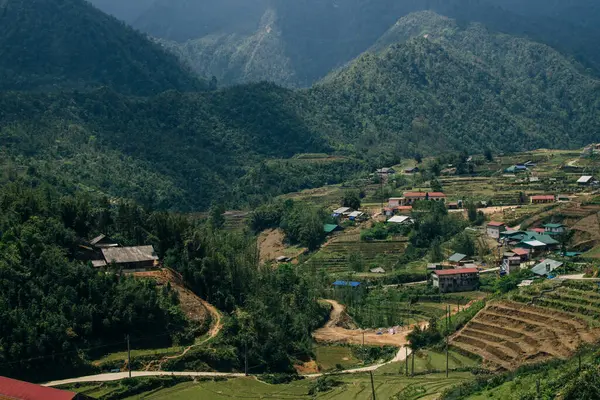
This mountain pass provides panoramic views over the Dong Van plateau, with limestone towers rising from valleys like ancient monuments. Local legend claims that fairy creatures created these formations, and the mystical atmosphere lends these stories an air of complete believability.
Small roadside restaurants serve traditional mountain cuisine while visitors absorb views that stretch to the horizon.
Three-Story Cave
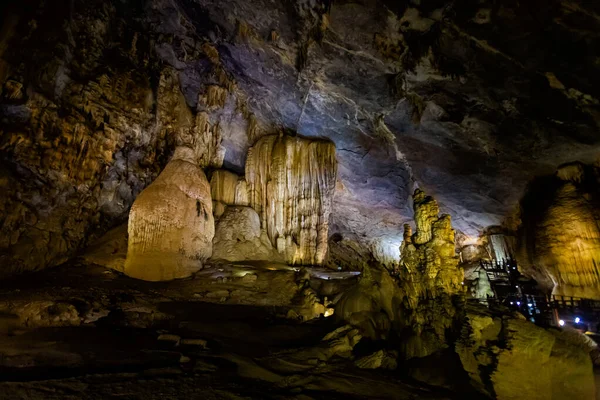
This massive cave system near Cao Bang features chambers large enough to house entire villages, with underground rivers that connect to surface springs. Local guides are familiar with routes through sections where ancient pottery and tools indicate human habitation dating back thousands of years.
The cave’s three distinct levels each offer different formations and challenges for explorers.
Tram Tau Village
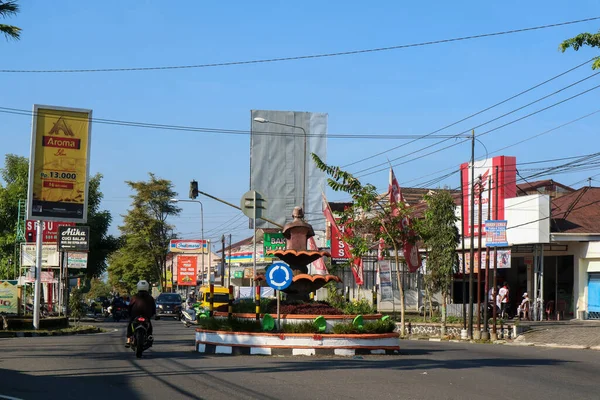
This traditional Black H’mong village is situated in a remote valley, where electricity arrived only recently, and many families still live without modern conveniences. Traditional wooden houses cluster around terraced fields where ancient rice varieties grow using methods unchanged for centuries.
Village elders speak only the H’mong dialect and maintain customs that provide a window into pre-modern mountain life.
Like Travel Pug’s content? Follow us on MSN.
Pa Then Ethnic Village
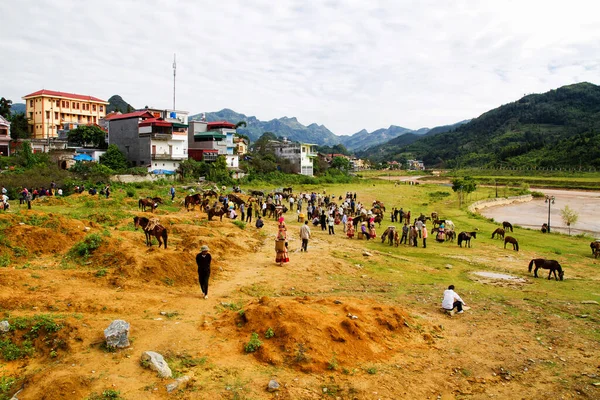
These extremely isolated communities practice traditions found nowhere else in Vietnam, including unique architectural styles and spiritual ceremonies. The Pa Then people maintain their language and customs despite centuries of outside influence, creating cultural experiences that feel like time travel.
Village visits require local guides and advance arrangements through ethnic minority cultural centers.
Khau Vai Love Market
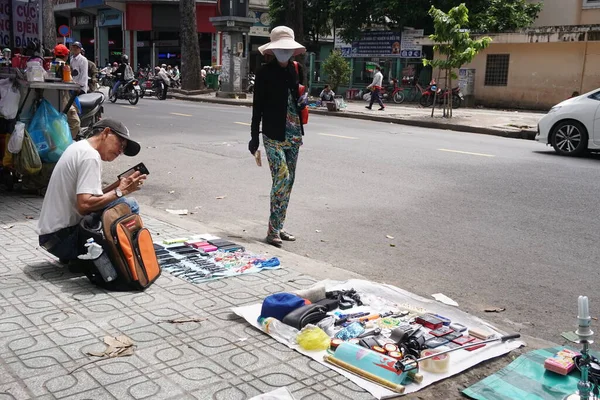
This unique market occurs only once per year, when ethnic minorities gather to find romantic partners and renew old friendships. The tradition dates back centuries and provides insight into mountain courtship customs that have survived modernization.
Local food vendors serve traditional delicacies while musicians perform folk songs that tell stories of love and loss in the mountains.
Ban Flowers Valley

During spring months, this hidden valley explodes with wild flowers that create carpets of color stretching between traditional H’mong villages. The best viewing requires short hikes along buffalo trails that wind through fields of flowers toward limestone cliffs.
Local honey producers harvest from wild beehives hidden in rock crevices, creating unique flavors influenced by the valley’s diverse wildflower species.
Like Travel Pug’s content? Follow us on MSN.
Where Mountains Guard Ancient Ways
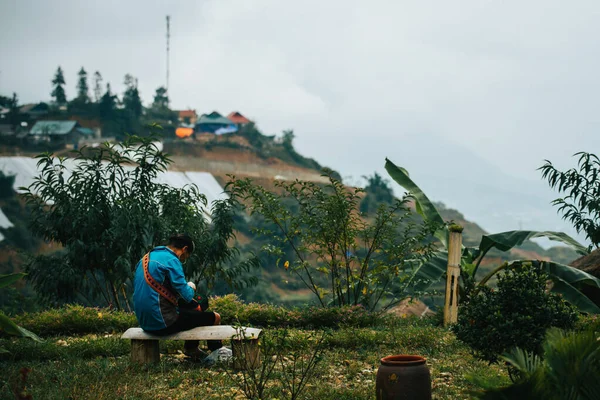
Vietnam’s northern mountain ranges are living museums, where native cultures continue to thrive amidst scenery that has inspired poets and artists for thousands of years. These off-the-tourist-path gems are not just pretty places to take pictures—they preserve ways of life that bring modern-day travelers in touch with the farming and spiritual heritage of mankind.
Each valley and each village has its own distinctive character, shaped by altitude, ethnic composition, and centuries of adaptation to challenging mountain environments. Isolation has also helped to protect such communities from rapid modernization, so that future generations may continue to feel genuine connections with Vietnam’s magnificent cultural heritage and majestic natural heritage.
More from Travel Pug

- 20 Best Beach Towns in the Carolinas
- 13 Destinations Where Tourists Regularly Regret Their Trip
- 20 Destinations That Are More Magical Without an Itinerary
- 20 Underrated Adventures That Belong on Your Travel List
- 20 Cities Where You Should Just Wing It, No Planning Required
Like Travel Pug’s content? Follow us on MSN.w us on MSN.N.
